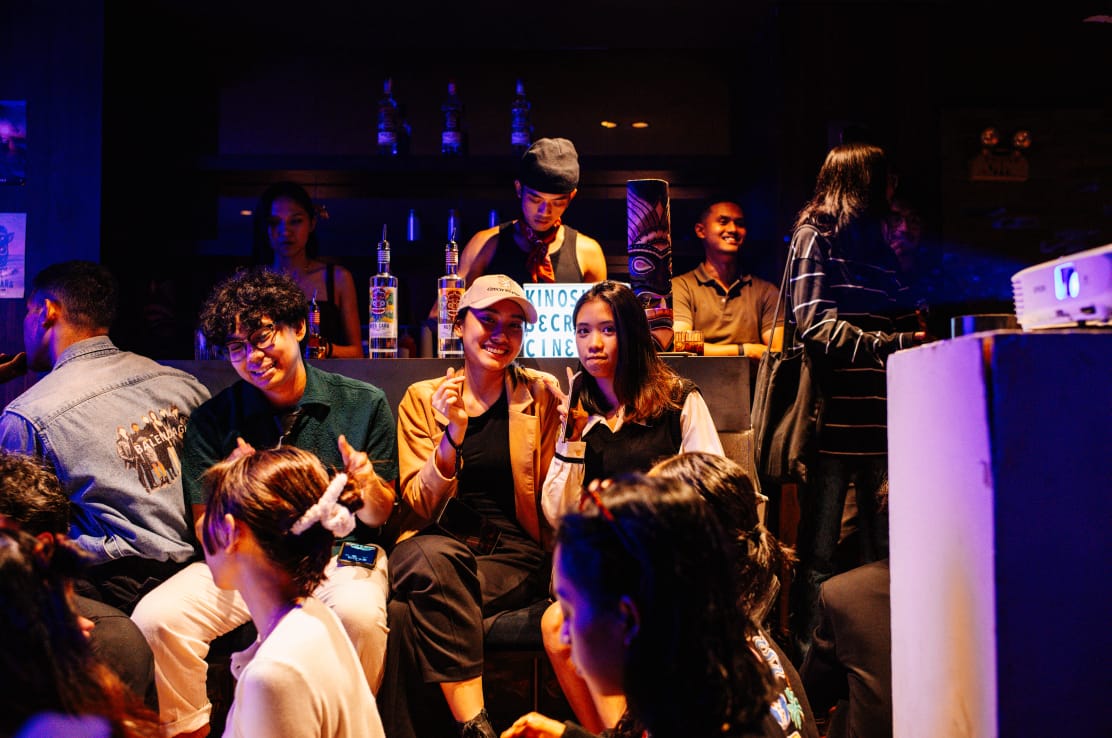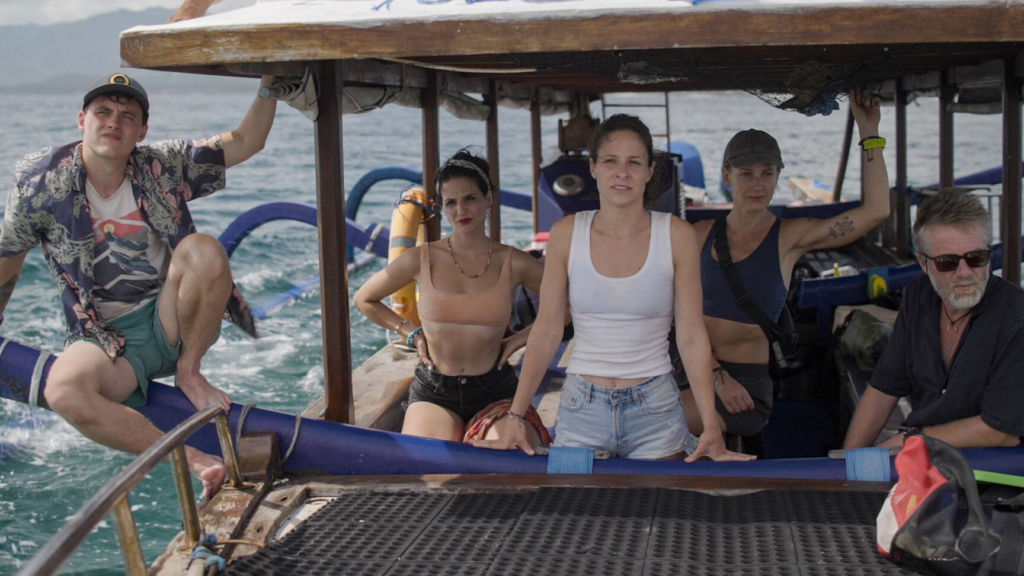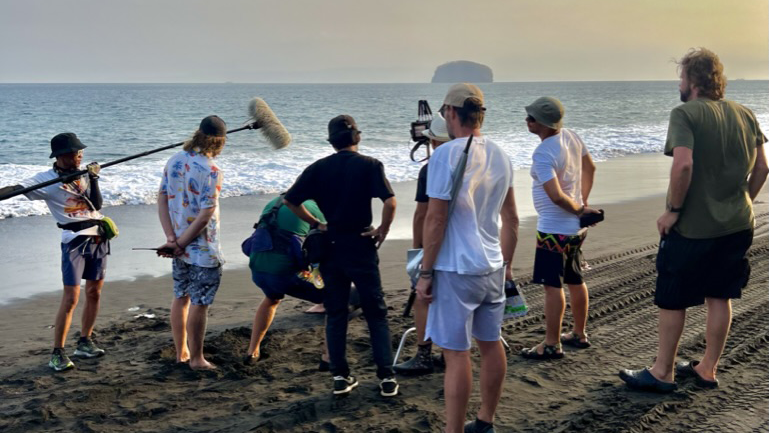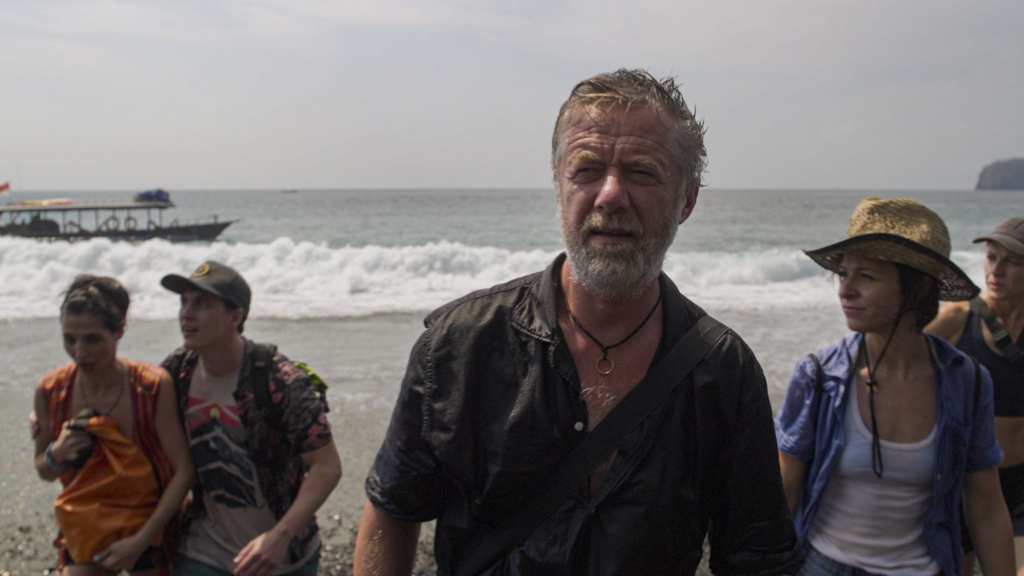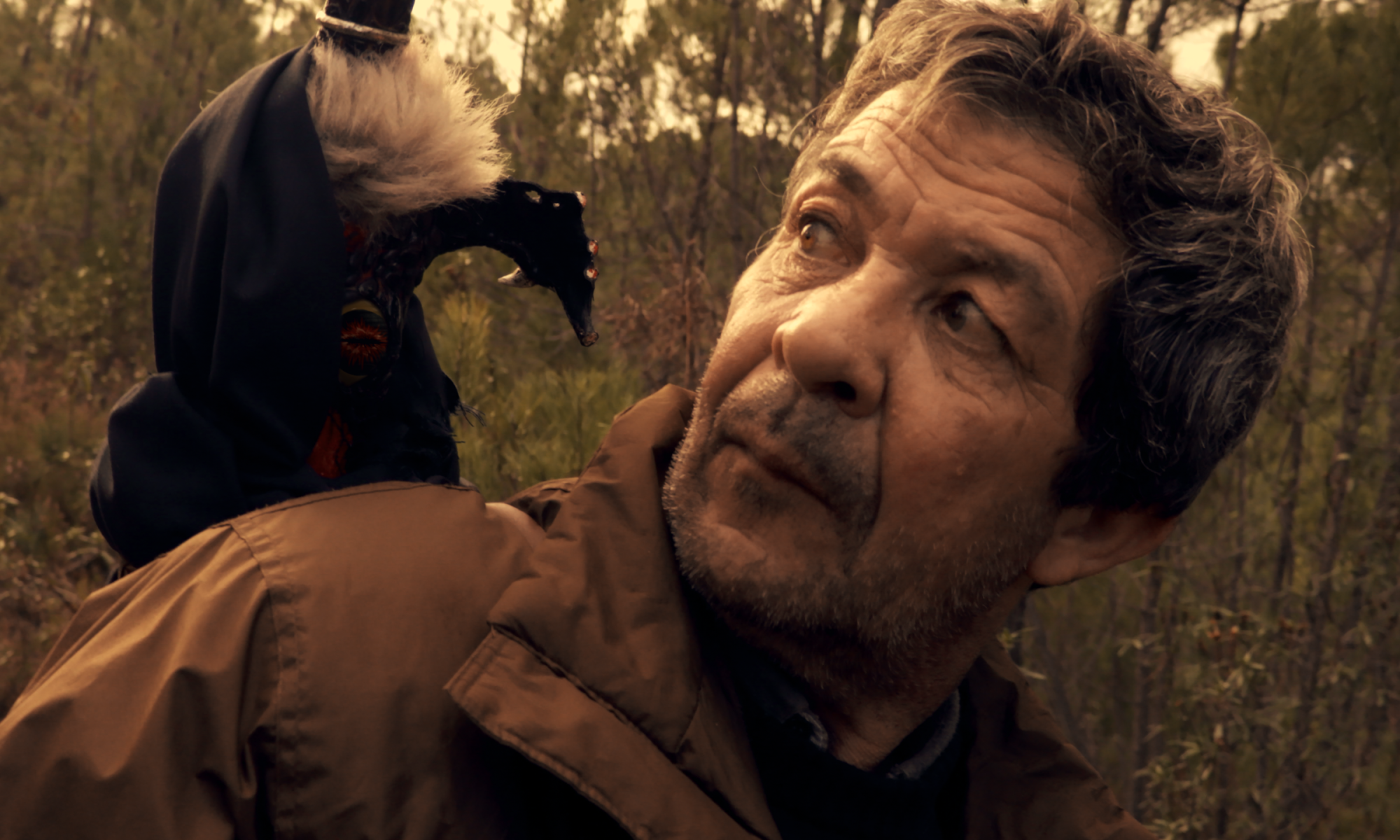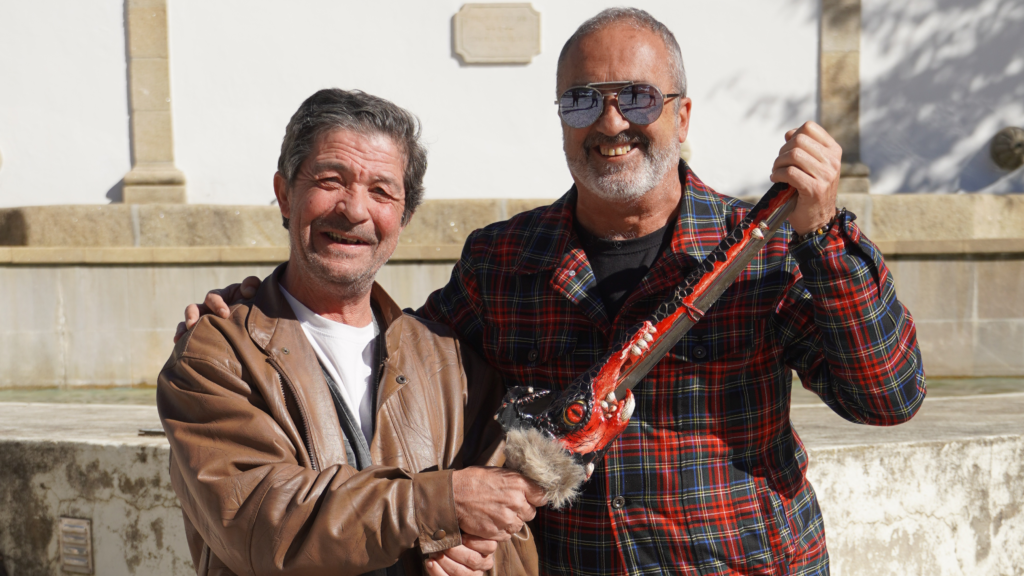Article written by Julio Rionaldo (United States | Indonesia)
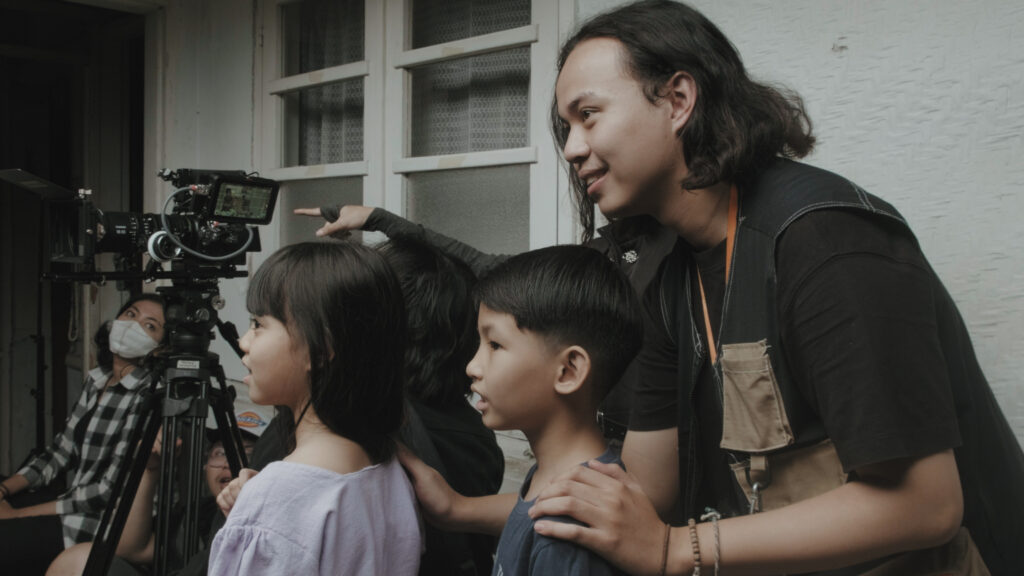
Imagine, if you will, a garden—expansive, verdant, and ever-evolving—where winding paths emerge organically, inviting those who enter to wander, explore, and discover. Within this space, each individual contributes something unique: a memory, a fleeting joy, or even things better left unsaid. Yet, despite the distinctiveness of each visitor’s experience, all are united by a common bond—the shared act of existence within that space. This, I believe, is an apt allegory for cinema. Not merely a process of creation, nor a transient image projected onto a screen, but rather a timeless space, a garden of collective imagination, where the very essence of human experience flourishes.
Cinema—and filmmaking, when conceived through this lens, transcends its conventional role as a passive form of consumption. It evolves into an invitation: an invitation to step into a shared world, to inhabit a collective reality. Here, both the artist and the audience are co-creators, forging connections across time and space. Just as a garden grows from a single seed into an expansive, thriving ecosystem, so too does cinema emerge from the stories we choose to share. These narratives, once planted in the fertile soil of the human experience, take root in the minds and hearts of all who encounter them. Over time, they evolve, intertwining with the diverse experiences of others and forming something far more significant than the sum of their parts. In this space, cinema becomes part of the collective memory—a site of convergence for disparate lives, a place where the past and future converge in mutual understanding and universal resonance.
This cinematic garden is, ultimately, a space where people—whether they be creators or spectators—can come together in a shared journey of discovery. It is a realm that encourages participation, where individuals are not merely passive viewers, but active contributors to an evergreen dialogue of meaning and interpretation.

Cinema, for me, is not just about production schedules, budgets, or box office figures. It is about constructing a living, breathing ecosystem—a park, if you will—that invites people into a shared space of wonder and storytelling. Cinema, in my philosophy, should be a place that brings people together, offering them a chance to shed the weight of everyday routines and explore worlds built from the imagination. In this park, adults rediscover the freedom they thought they’d left behind in childhood, connecting with others who come not merely as co-workers but as co-adventurers. Together, we create memories, build lifelong friendships, and find a deeper understanding of the world and ourselves.
I believe cinema has an innate power to bridge distances. Every film set, to me, is a small universe, a pocket of human connection where magic happens. This space—this park of ours—becomes a kind of sanctuary from the mundane, a way to step outside the relentlessness of daily life and step into a shared dream. When I say that cinema is like a park, it’s because I want it to be open, welcoming, and filled with the kind of spontaneity and joy that feels rare in the structured world of professional work.
This park doesn’t just invite people in; it helps them find common ground, forge lifelong bonds, and even stumble into moments of unexpected understanding or friendship. My greatest hope is that when my colleagues look back, they see these times as markers of defiance—proof that they once dared to dream together, to build something beautiful as a testament against the unforgiving march of time.
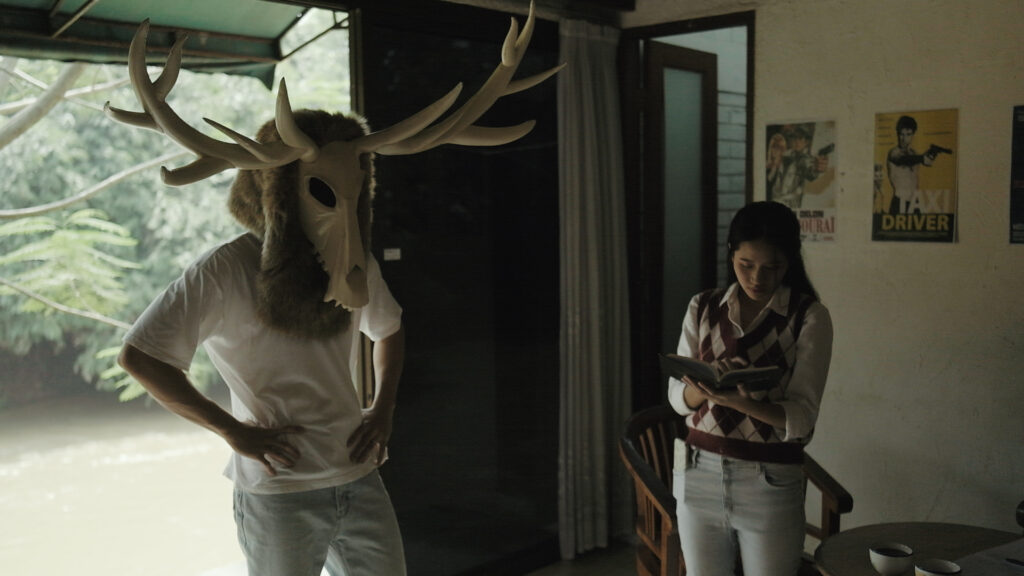
Allegory of a (S)Park: With Great Power Comes Great Responsibility
Creating this park requires a vision but also an understanding that every space needs a caretaker. As a storyteller, I’m conscious of my role as the one who plants the seeds, nurturing an environment where ideas can flourish. I feel a responsibility, knowing that cinema offers me a unique power: to see the world differently, to find the threads that can bind us together, and to harness that creative spark that can bring people together. “With great power comes great responsibility”—the words resonate deeply because cinema gives us the power to influence, inspire, and move people. But it is not enough to wield this power for mere spectacle. Instead, I am drawn to a quieter but more enduring mission: to cultivate, to nurture, and to help this (s)park of ours grow into something that benefits everyone.
In practical terms, this means creating an environment where collaborators can feel safe to take creative risks, where they feel valued and encouraged to contribute their unique perspectives. It means fostering a space where everyone, from the seasoned director to the newcomer on set, can feel like they’re part of something meaningful. The park is not a workstation where tasks are mandated and quotas met; it’s a natural space where creativity blooms organically, each person contributing to a greater whole without the rigid confines of traditional structures. And just like a park, it doesn’t require managing down to the smallest detail—what it needs is openness, trust, and a sense of shared purpose.
In a world where so much creativity is now confined by metrics, deadlines, and formulas, this organic, flow-like philosophy can seem quaint, perhaps even outdated. But the truth is, people crave authenticity; they are drawn to places that feel genuine and free. When we create movies with this sense of freedom and passion, people feel it. They come to the park because they want to be part of something bigger than themselves, something that reflects the natural rhythms of the human experience.

Planting Seeds of Imagination
How do I see my role in this? Simply put, I am the one who ignites the spark—a humble gardener. I plant seeds in the hope that they will take root, grow, and eventually bear fruit. I plant seeds of collaboration, of vision, and of shared passion. With each project, I begin by envisioning a space where every participant can thrive—where their talents can flourish and blend with others to create something beautiful. There is nothing more satisfying than watching your seed grow, seeing it evolve organically as people bring their unique contributions.
When these seeds bloom, they do not benefit only those who helped plant them but also create an ecosystem for new talent, new perspectives, and new inspirations to emerge. The act of creation becomes something that perpetuates itself, drawing more and more people into the fold, not out of obligation but out of a genuine desire to be a part of this shared journey. The park, in its essence, invites others to stay not because of any external reward but because it is simply a place where they want to be.
Every film set, every story we tell, serves as a reminder of our shared humanity, our collective dreams, and our mutual desire to create something lasting. This park, unlike a rigid office where duties are enforced, under expectations of compensation—becomes a natural, self-sustaining entity. People return to it, again and again, not out of duty but out of love and passion for the space itself. Just as people are drawn to a beautiful park on a wonderful day, they are drawn to cinema when it feels open, welcoming, and full of life.
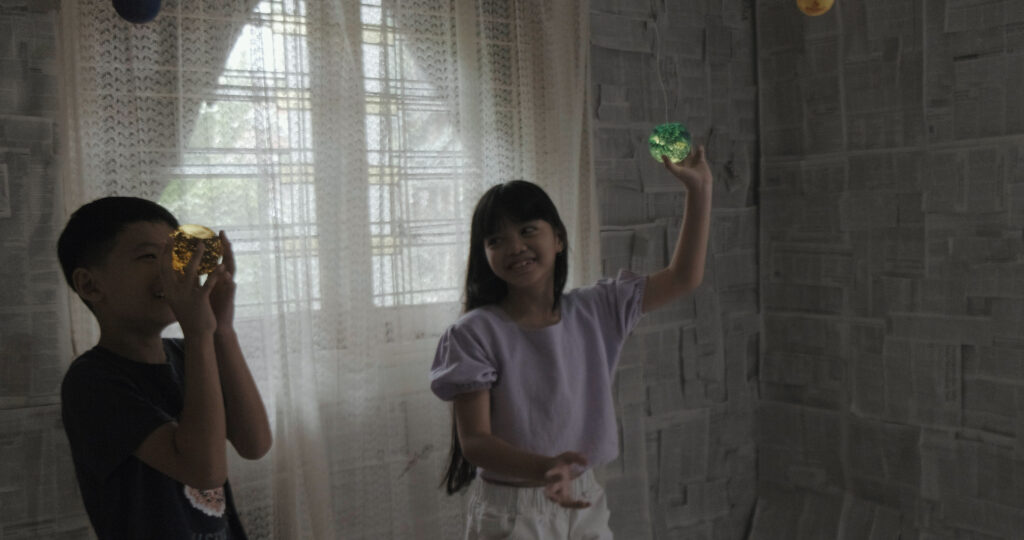
Cinema as a Defiance of Time
One of the most powerful aspects of cinema, to me, is its ability to stand against the relentless passing of time. Time, in its unyielding nature, has a way of eroding even the most vibrant memories. But cinema—when done with heart, with care, and with authenticity—can serve as a bastion against that erosion. Every story we make, every scene we shoot, is like a memory cast in amber, a gentle reminder that we once lived, loved, and created something worthwhile together.
When we work on a film, we create memories not just for the audience but for ourselves. These memories, shared with the crew and the cast, are moments of connection that withstand the passage of years. They are proof that we dared to create, to dream, and to believe in the beauty of what we could accomplish together. The friendships and relationships formed in this park of cinema are bonds that, I hope, will last a lifetime—and will evolve beyond the space: into thriving enterprises, blossoming romance, or even a friendly neighborhood barbeque, just as the films themselves serve as reminders of our collective journey.
An Invitation to the Park
I extend this vision not only to those within the industry but also to every audience member who steps into one of our films. I invite them into this park—to feel, to explore, and to connect. I believe that when cinema is treated as a place of freedom and inspiration, it can bring people closer, helping them find a sense of belonging, purpose, and wonder.
In the end, this space of ours, this playground of collaboration, is not about dictating meaning but about creating an environment where everyone can find their own. It’s about the simple joy of bringing stories to life, about the beauty of human connection, and about crafting a legacy that withstands the test of time. I am proud to be a caretaker of this space, a steward of stories that, I hope, will inspire others to come, to stay, and to find meaning in the shared adventure.
Let us meet in the playground, where dreams unfold, friendships are forged, and stories come alive. Because in this park, cinema is not just a pastime, a project, or even an art—it is a timeless journey, one that I am grateful to walk every day with those who share my love for the craft.
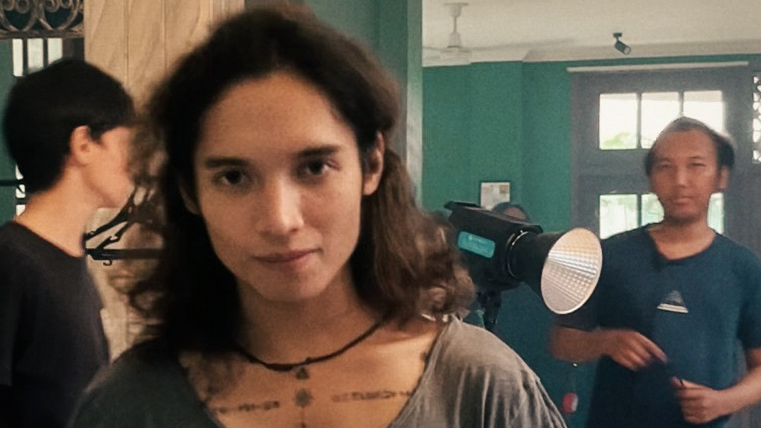
Julio Rionaldo is the writer and director of “Bestiary”
With roots in both the US and Indonesia, he manifests stories of wonder and deep introspection, tapping into a world of influences to portray narratives that resonate with universal truths.
“Bestiary” is a part of Kinosuite International
